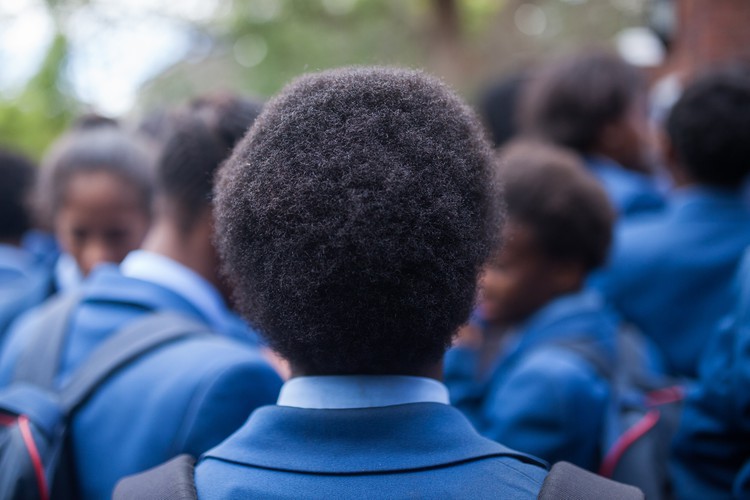Over five million children are not getting their school meals
Department of Basic Education says situation will improve with schools returning
Not even half of the school children who qualify to benefit from the National School Nutrition Programme are receiving meals, says the Portfolio Committee on Basic Education. Archive photo: Ashraf Hendricks
Not even half of all school children who qualify to benefit from the National School Nutrition Programme are receiving meals, according to the Department of Basic Education (DBE) briefing to the Parliamentary Portfolio Committee.
This was revealed on Tuesday (1 September), when the the state of reopening schools, updates on the National School Nutrition Programme, and draft directions for Learners with Special Education Needs were discussed online.
More than 19,000 schools depend on the feeding programme. As of 26 August, the DBE said it is feeding 4.4 million learners out of the 9.7 million qualifying learners.
Portfolio Committee secretary Llewellyn Brown (ANC) relayed that although “the number is quite low for the programme” the Department expects that more learners will benefit from the feeding scheme when they return to school and the programme is fully implemented.
In an effort to increase the number of learners receiving meals, provincial education departments have initiated three delivery models to feed learners regardless of whether they attend school. These include serving cooked meals at school, identifying a central location for learners to collect meals, and arranging for the delivery and collection of food parcels.
In its online presentation, the DBE attributed the low number of learners collecting meals to the lack of transport available for the learners who live far from their school. It said a large amount of food was wasted because learners did not show up to school to collect their meals.
Fear surrounding Covid-19 meant many parents had not sent their children to school, reducing the number of learners who collected meals at schools, said Brown.
Support independent journalism
Donate using Payfast

Don't miss out on the latest news
We respect your privacy, and promise we won't spam you.
Next: IT crash blamed for leaving children hungry
Previous: Senior judge alleged to have ordered hit on colleague
© 2020 GroundUp. This article is licensed under a Creative Commons Attribution-NoDerivatives 4.0 International License.
You may republish this article, so long as you credit the authors and GroundUp, and do not change the text. Please include a link back to the original article.

